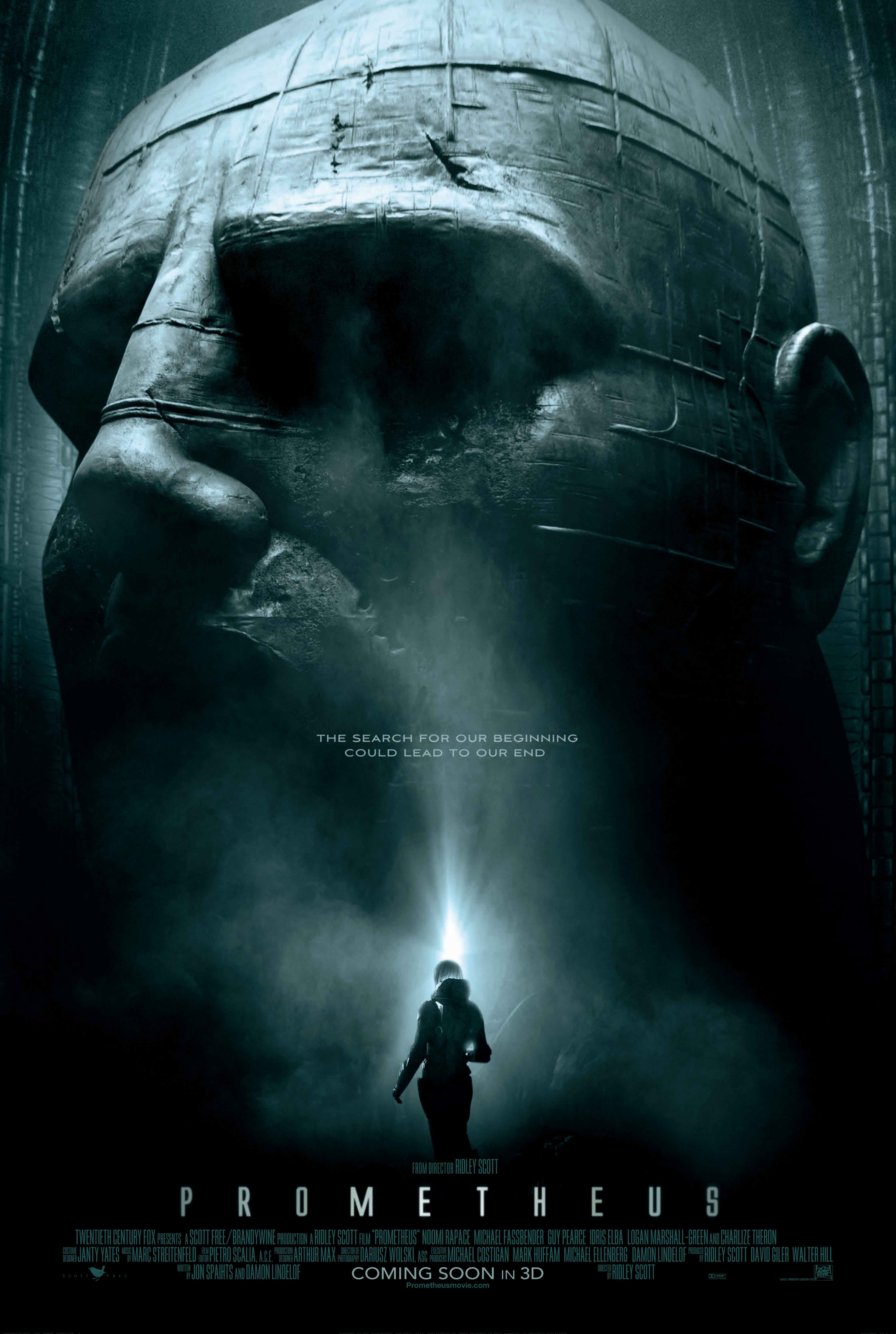Tor gives us "10 Reasons Why Attack of the Clones Is Better Than You Remember" and they are bad reasons. They are designed to convince with a liberal-humanist outlook towards movies that this movie fits that, rather than convince people that the archetypical storytelling it does really is worthwhile. Which makes them double failures, since no Episode 2 is not a good example of that sort of film making, and that film making is not superior (though there are very good examples like Blade Runner.)
1. The Unseen Adventures of Obi-Wan and Anakin
That doesn't occur in the movie, so you shouldn't be judging the movie by it. It's relying on a hoped for complexity that humanizes the characters and makes them sympathetic to us, when that does not exist and doesn't matter.
2. Count Dooku: It’s Christopher Lee.
Enough said.While Lee was a good choice to play Count Dracula, you could at least say a lot more about him and his role. Why do you want a face synonymous with arrogant villainy to be the stand in for a dark clone of the good guys?
3. Jedi Noir
While Anakin and Padme were off…er…romancing on Naboo, Obi-Wan was following the trail of the assassin who tried to kill Padme. Like a Jedi Sam Spade, Obi-Wan operates in the shadows as he follows the trail of the assassin and uncovers a plot that’s bigger than he ever could’ve imagined. In the process, he fights Jango Fett in the rain, gets captured by Count Dooku, and come this close to being fed to the arena beasts on Geonosis. All part of the job for Obi-Wan Kenobi, P.I.
Obi-Wan is a bad detective. He ignores Anakin when it's protrayed as obvious that Anakin is correct and something much larger is wrong than just the assassination attempt. He couldn't find a missing planet unless his down-to-earth low-class alien friend told him things that aren't in the Jedi library he relies on. He walks into trap after trap, only to advance the enemy's goal of giving the Jedi an army to fight with. Nothing Obi-Wan does in Episode 2 is supposed to be good. The good part is supposed to be laughing at him.
Though that is still noir in a Chinatown sort of horrific way.
(Hint for viewers of Chinatown: you are not supposed to come away respecting Jake.)
4. The Nuances of Anakin’s Downfall
Just no.
Anakin is a whiny proto-fascist. We are not supposed to sympathize with him. We are supposed to see how badly the Jedi fucked him up and understand how someone could become a tool of dark powers. There's no nuance, it's an ethical pratfall.
5. Those Arena Monsters
Say what you will about the use of CGI in the prequels, but the three monsters who are unleashed on Anakin, Obi-Wan, and Padme in the arena on Geonosis looked terrific. And that scene is vintage Star Wars.Okay this point is true, but doesn't explain anything beyond "they look terrific." Like how each monster is a metaphor for the sexuality of the good guy they menace, or how they are homages to film making legend Ray Harryhausen.
6. Jedi Battle
It's an anti-climactic battle that both diagetically serves as set up for a trap, and exegetically as lack of satisfaction so that the real, muscular military fight can feel much more cathartic, and for us to cheer when Anakin fires on and destroys a sheep of fleeing non-combatants.
7. Ewan McGregor
There are a dozen things that people have remembered for fifteen years from the Prequel Trilogy. Jar Jar. Chancellor "I am the Senate!" Palpatine. Mace Windu. CGI Yoda. Even Anakin is memorable. There are reasons no one ever talks about McGregor's performance.
8. Kamino.
Kamino has always stuck out as one of my favorite locations in the Star Wars galaxy. It’s also, to me, the place where the prequel aesthetic—which carried directly into the animated series, The Clone Wars (more on that soon)—really cemented itself. In The Phantom Menace, the universe doesn’t expand all that much. We return to Tatooine, and we’re never given much of a sense of Coruscant. Which leaves us only with Naboo, which was fine, but it was nothing like Kamino. Kamino exposed us to something new and, quite frankly, super weird and cool. That city on stilts in the ocean—occupied by tall, lithe aliens who specialize in making clones—kickstarted a fresher take on the look and feel of the Star Wars galaxy.Okay yes this is true. Star Wars ultra-homogeous worlds are excellent representations of the characters' internal states.
9. Coruscant Nightlife
Eh? The point of this glitzy portrayal is that it's all a mask. Real Coruscant isn't like this - it's either halls of power, or the dingy underclass at the bottom of all those vaulting buildings. The nightlife act is full of fakery - it's a wild goose chase for a false lead, there's even a shapeshifter. Everything's not real and this is the sort of hyperreal CGI world the trilogy is mocking (which match its references to Blade Runner aesthetic.)
10. The Clone Wars
Again, you are talking about things outside the movie, hoping they add depth and complexity to things the movie specifically chose not to.



